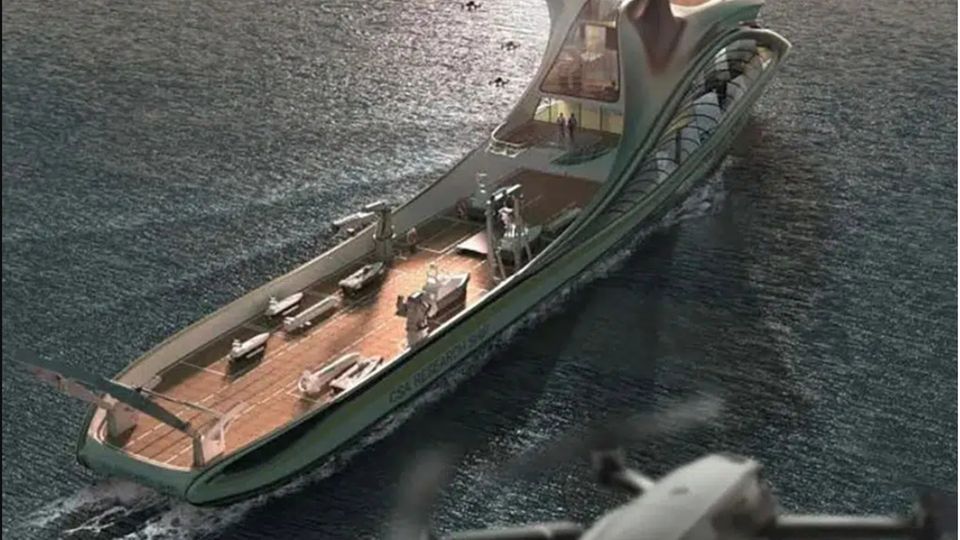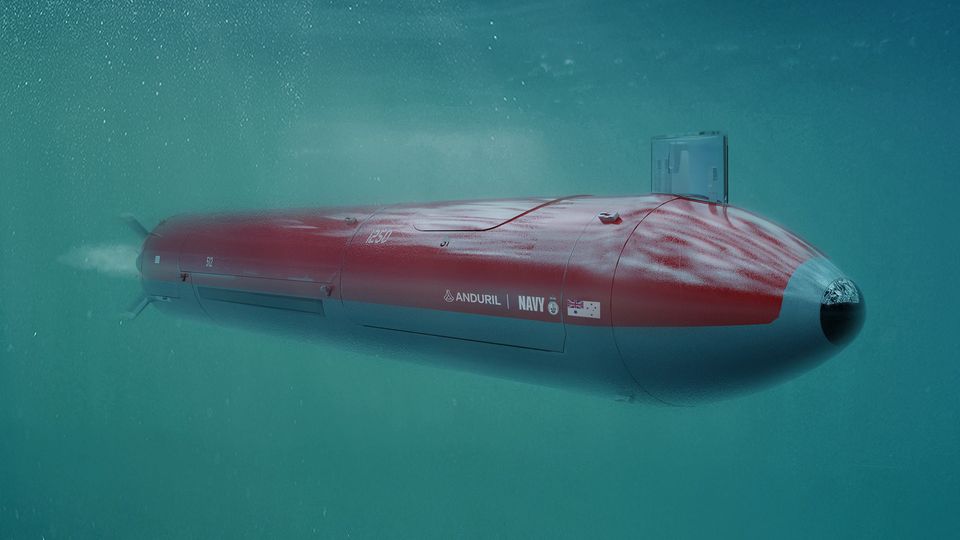war in Ukraine
XXL naval drones – Kiev could have blown up the Putin Bridge with them
This boat is hardly larger than a kayak, and Kiev would have to have built a much larger naval drone to blow up the bridge.
© Social Media
The Crimean bridge was hit for the second time. A bridge segment was lifted by the explosion. A naval drone was probably used. The known models would then have to have been massively enlarged.
Deadly, almost invisible and remote-controlled – Ukraine has been using drone boats since the end of September 2022. With their closed deck, these boats are reminiscent of a submarine, but they are not a real submersible. The construction and control of a boat that can completely submerge would be very complex. Ukraine uses Drone boats that protrude only a little out of the water and thus only offer a small radar shadow. This is not an invention, such constructions are used as “narco-sub” for drug smuggling.
Everything indicates that the Crimean bridge was attacked by such a vehicle. The damage does not show a missile hit, the damaged segment of the roadway was lifted up by an explosion. The explosion took place below the bridge, presumably by a remote-controlled demolition boat.
Blasting boats – an idea of antiquity
The idea of a demolition boat is not new. This is a boat that is built to ram an enemy ship, detonating an explosive device in the process. So-called branders were already used in ancient times. Small boats heading for the enemy fleet and set on fire before the collision. The emergency crew disembarked after the fire was put out. During World War II, explosive boats and manned torpedoes were used by Italy and Germany. Iran is now building similar drone boats.
In the first operation, Ukraine had a surprise success, the boats were able to enter the port of Sevastopol.
Two warships, the frigate Admiral Makarov and the minesweeper Ivan Golubets, were damaged. After that, the successes were sparse, because the Russians laid barriers in front of their anchorages. Militarily, the threat posed by water drones is important, forcing Russian caution and limiting the deployment of their navy.
So far only small boats known
In September, a model was stranded near the Russian naval base in Sevastopol. A larger boat may have been used for action against the bridge. In order to raise the bridge above the water level, a large explosive load has to be transported. Previous naval drones were only 5.5 meters long and powered by a jet ski engine. These boats only weigh about a ton, which would not have damaged the bridge.
But the principle of the drones remains the same, even if the size varies. The boats are powered by an engine mounted inside the hull. Several cameras and the antenna are located on a small mast. These drone boats are remote controlled. If the Starlink connection is running, the distance between the boat and the operator can be as large as you like. The range is then only limited by the fuel.
Difficult to discover
Since the boats barely stick out of the water, they are difficult to detect with a radar. Especially when the superstructure is covered with materials that swallow the radar beams. Engine noise can also be reduced if water currents are used when approaching. These boats are not a silver bullet. They can be repelled easily. Ports and other stationary facilities can be blocked with network locks and the like. A belt of sensor buoys can be deployed in front of the actual barriers to detect any intruder. It is therefore surprising that the operation against the bridge was possible.
These types of naval drones are easy-to-craft, cheap weapons. Any state can build them and use them to protect its coasts. In principle, they could also be used by insurgents or terrorists to attack civilian ships. They are less suitable for use in the open ocean. Basically, the idea of an autonomous robotic submarine is more interesting, even if it is technically more complex (Australia’s navy is building fully autonomous robotic submarines). An autonomous diving drone could dive to almost any depth because it does not require a pressure hull for the crew. It could lurk unnoticed on the seabed for a long time and then suddenly strike.




